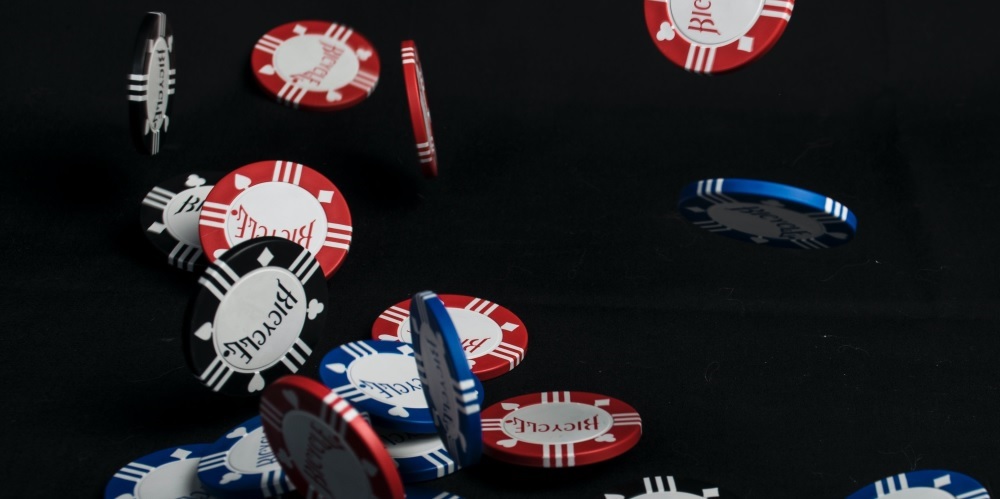Texas Hold’em is one of the most played poker games in the world. You probably already know its dynamics, although if you are an inexperienced player, you may only know the essential features of the game.
If your level of poker is far from ideal to compete at professional tables, you will need to familiarize yourself with important aspects such as the types of bets, odds and outs counting and the hierarchy of hands.
And it is precisely on the latter that we are going to focus in this post, on the hand order and winning hands in Texas Hold’em.
Take a look to:
Winning in Texas Hold’em: which hands to play with?

The winning hands in Texas Hold’em poker are the first three that you will find in the list that occupies the hierarchy of hands: the royal flush, the straight flush and the poker.
That is, if we take into account that the royal flush is the same hand as the straight flush, only formed by the highest cards of the deck: the ace, the king, the queen, the jack and the ten.
If we count the royal flush as the same hand as the straight flush, then the three most powerful hands in Hold’em would be:
- Straight flush.
- Poker.
- Full House.
Hierarchy of hands in Texas Hold’em and examples

- Royal Flush.
- Model combination: A♦ K♦ Q♦ J♦ 10♦
- Description: among those considered as winning hands in Texas Hold’em poker, this is the most powerful one. In essence, it is a straight flush formed by the highest cards of the same suit.
- Straight flush.
- Model combination: 8ª7ª 6ª 5ª 4ª
- Description: five cards of the same suit in successive numerical order. It is the strongest hand, although the only hand that can beat it is the Royal Flush.
- Poker.
- Model combination: Qª Q♦ Q♥ Q♣ 8ª
- Description: hand formed by combining four cards of identical value and a single card, the kicker.
- Full House.
- Model combination: J♥ J♦ Jª 4ª 4♥
- Description: the hand formed by three cards of the same rank, and two other cards of equivalent rank, i.e., a three of a kind and a pair.
- Flush.
- Model combination: J♦ 6♦ 4♦ 3♦ 2♦
- Description: five cards of the same suit. Remember that they must be NOT consecutive, otherwise we would be facing a straight flush.
- Flush.
- Model combination: 9♦ 8♥ 7ª 6♦ 5ª
- Description: five cards of consecutive value, but of different suits.
- Three of a kind.
- Model combination: 7♦ 7♣ 7♥ 5♦ 3♣
- Description: hand formed by three cards of the same rank, which form the three of a kind. It is accompanied by two cards of unequal value.
- Double pairs.
- Model combination: 9♣ 9♦ 3ª 3♥ 5♦
- Description: two different pairs formed with the five cards that form the hand give rise to double pairs. The kicker becomes important again in case of a tie.
- Pair.
- Model combination: J♥ Jª 10♦ 7♣ 4♦
- Description: two cards of equivalent value placed next to three cards that do not result in any higher combination. The second-baddest option to fight a hand.
- High card.
- Model combination: Q♣ 5♦ 7ª 3♥ 2♣
- Description: this is the worst option of all. Having high card is the same as having nothing. No one ever fights a hand with this hand.
You can’t miss:
Keep in mind that, although the hierarchy is maintained in most poker games, some have their own dynamics. For example, those poker modalities that remove the lowest cards from the deck precisely to encourage a game where rounds with high hands are more easily played, the order of hands is maintained, but the predominance is that high cards come out more often.
This, without taking into account that there are modalities in which the game is played with the inverse order of hands because the objective is to get the lowest card.
However, in all Texas Hold’em games the hierarchy of hands that you will find above is maintained, both in Limit and No Limit games.

